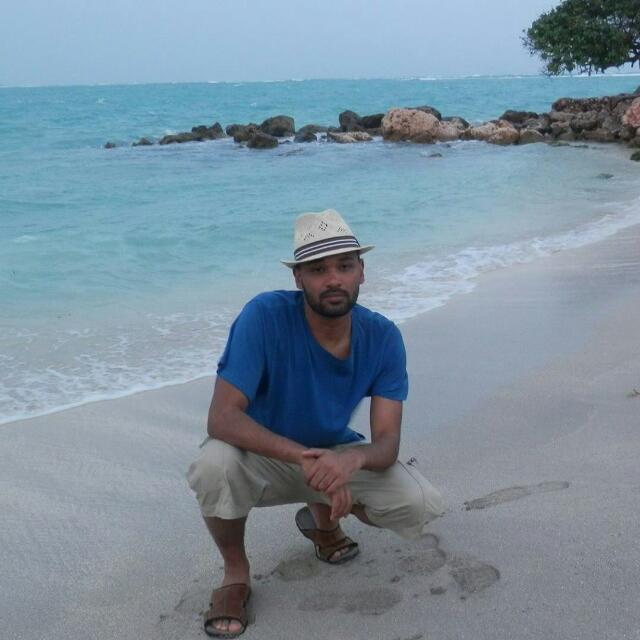About
The Dawkins Family
The Dawkins’ were one of the first colonial families to arrive in Jamaica, migrating to the island in the mid-1660s – approximately one decade after it was seized from the Spanish. Their aggressive accumulation of land was paralleled by the rapidly increasing number of enslaved Africans they purchased from regional traders. During their first 80 years on the island, they harnessed the power of their Black labour force for the clearing of dense vegetation and the subsequent construction of an extensive plantation complex, which consisted of sugar estates and livestock pens. By 1744 the value of the Dawkins’ Jamaican holdings, which comprised 25,000 acres of land, over 1,300 enslaved Africans, and £100,000, made them the second wealthiest family on the island, their fortunes surpassed only by that of the Beckfords. The Dawkins migrated to England in the latter part of the following decade – making them absentees – and began establishing themselves amongst the landed county elite. Profits from the sale of their Jamaican sugar and rum were parlayed into a variety of areas including the purchase of Standlynch Park (now known and Trafalgar Park), the transformation of its villa into a classical country house, their attendance at some of England’s most prestigious academic institutions such as Harrow public school and Oxford University, the purchase of parliamentary seats where they defended their Jamaican and English interests, and the formation of marriages with elite aristocratic dynasties.
The Dawkins were able to preserve their Jamaican and English interests throughout periods of economic and political turbulence and social upheaval, including the American War of Independence (1776-1783), Haitian Revolution (1791-1804), abolition of the slave trade (1807) and the termination of the slave economy in 1833. They emerged from the period of British West Indian slavery relatively unscathed and were awarded £36,000 compensation in exchange for the “liberation” of their 2,000 enslaved workers, which they used to help extinguish the debts accrued during the era of slavery. The family remained in Jamaica for the rest of the nineteenth-century, enlarging their landed holdings, before experiencing a severe financial crisis that forced them to sell-off their entire portfolio of estates. They finally relinquished their commercial ties with the island in the late-1920s when the last of their properties was sold, thus bringing their 265-year economic association with Jamaica to an end. Although the family no longer possess any property on the island today, their slave-owning ancestors have left an indelible footprint which is clearly apparent from the locations bearing their surname. These include Dawkins River, Dawkins Lagoon, Dawkins Drive, Dawkins Smokey Hole and a district called Dawkins in central Clarendon. Able to preserve their landed interest here in England, the current members of the family continue to reside on the country estate purchased by their slave-owning ancestors almost 300 years ago.
The Site's Creator

Dr. James Dawkins
Hello and welcome to my website. My name is James Dawkins, I am a social and economic historian and I completed my PhD at University College London (UCL) in 2018. I have a keen interest in British colonial history and this digital project stems from my desire to learn more about my enslaved African ancestors and the white family who owned them in Jamaica between the mid-seventeenth and early-nineteenth centuries. I hope that you find it interesting, informative and that it inspires you to think about the significance of your own family history along with Britain’s role in West Indian slavery.
If you have any questions or would like to get in touch please click the button below to visit my contact page.